Effective Strategies for Learning and Memorizing Math Formulas
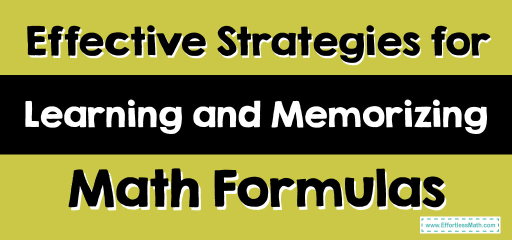
Ever felt like you’re drowning in a sea of math formulas, desperately trying to remember those tricky equations before your exams? Well, you’re not alone, and the good news is we’re here to help you. Imagine this: Instead of stressing out and pulling all-nighters to cram, picture yourself confidently walking into your math exam. You’ve got the know-how to tackle any formula that shows up, and it’s not as far-fetched as it might seem. Let’s explore some smart strategies to make learning and remembering those math formulas a breeze.
Break Down Complex Formulas
We’ve all been there, staring at a seemingly endless string of letters, numbers, and symbols, wondering how to remember it all. Well, here’s the secret: break it down. When faced with a formula that resembles an algebraic monster, cut it into pieces. Each chunk represents a different part of the formula, like the ingredients in your favorite sandwich. Understanding and mastering these smaller components will make the whole formula seem much less scary.
By breaking the formula into smaller chunks and understanding each piece individually, you’ll find that the whole thing suddenly becomes more manageable. It’s like solving a puzzle one piece at a time. And remember, the goal isn’t just to memorize it mechanically; it’s to understand why each part exists and how they all fit together to solve equations.
Visual Aids and Diagrams
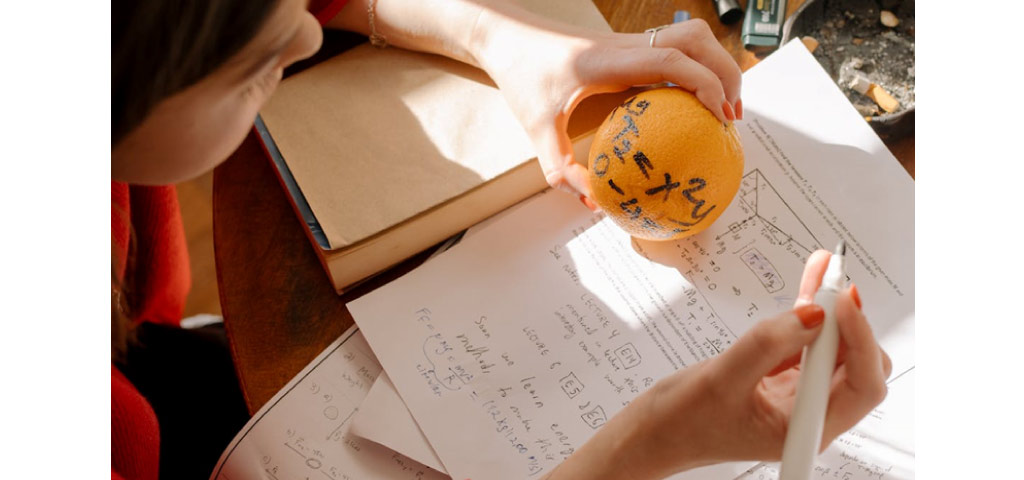
Diagrams and visual aids can significantly enhance your memorization. Here’s how you can use them to your advantage.
Sketch It Out
One reason writers at a research proposal writing service write excellent pieces is because they sketch the work first. You can apply the same to mastering math formulas. When you encounter a formula, grab a piece of paper and start sketching. Create a simple diagram that represents what the formula is all about. If you’re dealing with geometry, draw shapes; if it’s an algebraic equation, create a graph. Translating abstract concepts into visual form gives your brain a concrete image to latch onto.
Color Coding
Use colors to your advantage. Assign different colors to various components of the formula. For instance, in a physics equation, you could use one color for variables, another for constants, and another for operators. This color-coded approach helps your brain distinguish between different elements, making remembering and using the formula easier.
Flowcharts and Mind Maps
Some formulas involve multiple steps or conditions. In such cases, consider creating a flowchart or a mind map. These visual tools help you understand the sequence of operations and the decision points within the formula. They’re like roadmaps guiding you through the mathematical journey.
Real-World Representation
Whenever possible, link your visual aids to real-world scenarios. For instance, if you’re studying the Pythagorean theorem, draw a triangle and label its sides with actual measurements. This connection to reality enhances understanding and makes the formula more relatable and memorable.
Mnemonics for Memorization: Fun Tricks for Remembering Math Formulas
Mnemonics are all about creating associations and shortcuts in your brain, making it easier to recall complex formulas when needed. Here are some creative mnemonic techniques to consider.
Acronyms and Initials
One of the most straightforward mnemonic techniques is to create acronyms or use the first letters of the formula’s elements. For example, if you’re dealing with the order of operations (PEMDAS), you can think of it as “Please Excuse My Dear Aunt Sally.” Each word represents a step in the process: Parentheses, Exponents, Multiplication, Division, Addition, and Subtraction.
Rhymes and Songs
Turn math into music. Create rhymes or songs that incorporate the formula and its components. The rhythm and melody can help imprint the formula in your memory. You can even borrow a familiar tune and replace the lyrics with math-related ones.
Storytelling
Transform the formula into a story. Imagine each equation element as a character or object in an exciting tale. As you mentally walk through the story, you’ll naturally remember the formula’s structure and the role of each element.
Visual Mnemonics
Combine visual elements with mnemonics. Imagine a cartoon character or a vivid image that represents the formula. Attach specific attributes to different parts of the character to remind you of their meaning.
Personal Connections
Relate the formula to something personal. Connect variables or terms to people you know, places you’ve been, or experiences you’ve had. Your brain is wired to remember things that have emotional significance.
Teaching Others

Teaching others isn’t just about being a math guru; it’s about sharing what you know and reinforcing your understanding. Here’s how you can harness the magic of teaching:
- Explain it like you’re talking to a friend: Pretend you’re explaining the formula to a buddy who’s new to the concept. Use simple language and clear examples.
- Be the tutor: Offer to tutor a classmate struggling with the same material. By helping them, you’ll be solidifying your knowledge. Teaching someone else provides a fresh perspective and can uncover new ways of looking at the formula.
- Whiteboard or virtual chalkboard: If you can access a whiteboard, use it to explain the formula visually. Drawing it out while explaining reinforces both your visual and verbal memory.
- Answer questions: Encourage your “students” to ask questions. When you respond, you’ll often find yourself delving deeper into the formula’s intricacies, strengthening your grasp of the concept.
- Group study sessions: Organize study groups with your peers. Teaching and discussing formulas within a group setting can provide multiple perspectives and fill in gaps in your understanding.
- Self-quizzing: Imagine giving your imaginary class a pop quiz. Write down questions related to the formula, then answer them as if you’re the student. This exercise ensures you genuinely understand the material.
- Online platforms: Take advantage of online platforms where you can teach or explain math concepts. Create video tutorials or participate in forums where you share your knowledge. Teaching to a larger audience can boost your confidence and deepen your understanding.
Signing Off
Mastering math formulas doesn’t have to be a daunting task. By understanding the logic, breaking the formulas down, using visual aids, employing mnemonics, practicing regularly, and teaching others, you’ll be well on your way to becoming a math formula whiz. Remember, it’s not about being a math genius; it’s about understanding and using these formulas effectively in your academic journey.
Related to This Article
More math articles
- The Ultimate Trigonometry Course (+FREE Worksheets)
- How to Divide Polynomials?
- Top 10 8th Grade STAAR Math Practice Questions
- What is the Median of a Triangle?
- 3rd Grade MCA Math Worksheets: FREE & Printable
- Completing a Table and Make a Graph of Ratios and Rates
- 5 Tips for Surviving a Statistics Course
- 10 Most Common ISEE Middle-Level Math Questions
- 3rd Grade OST Math Practice Test Questions
- TSI Math Practice Test Questions
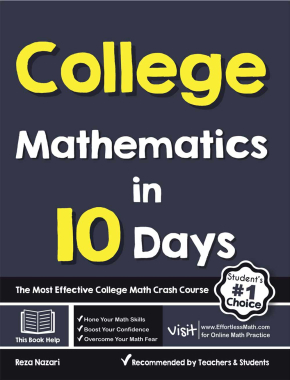
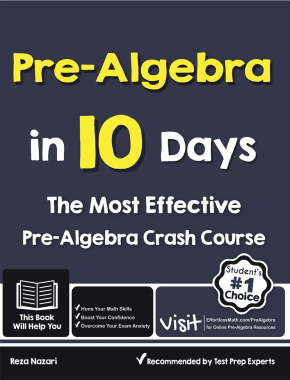
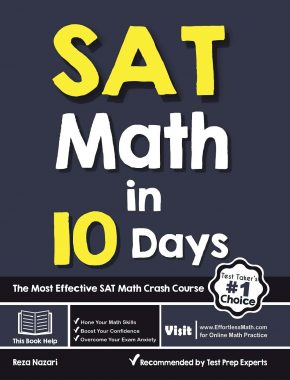
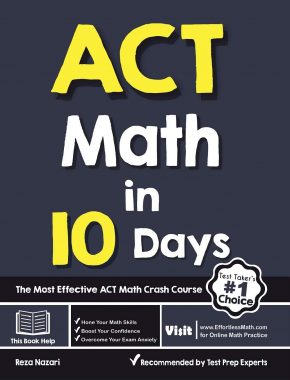
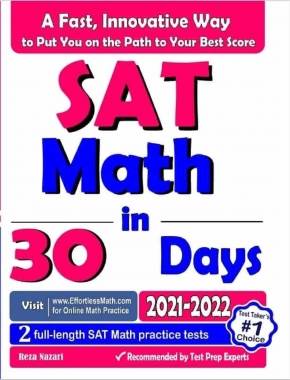
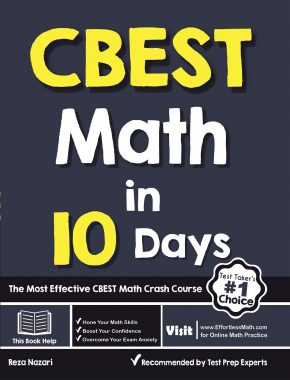
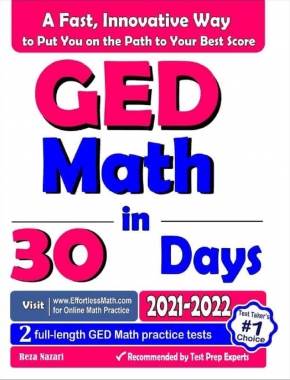
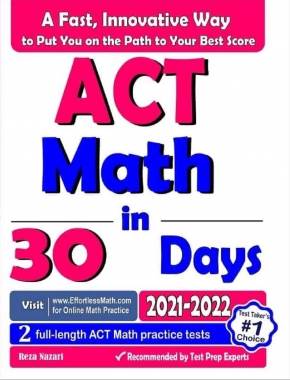
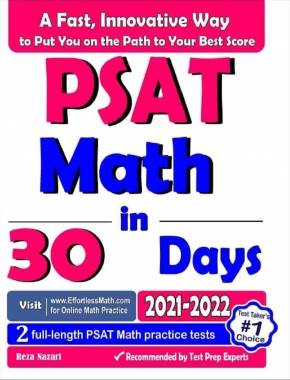
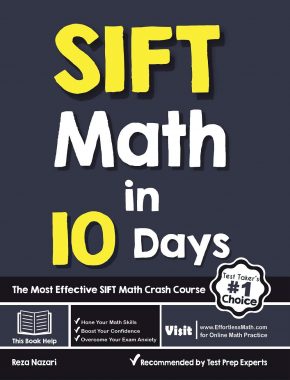
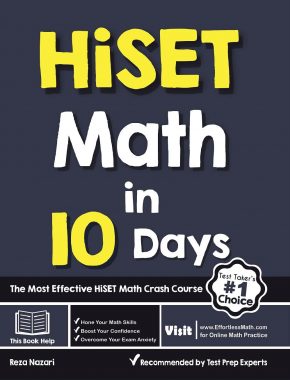
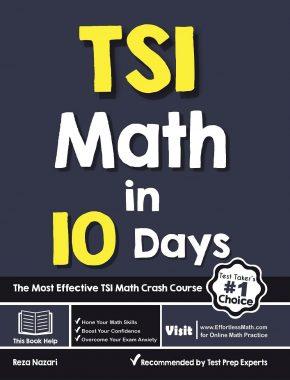
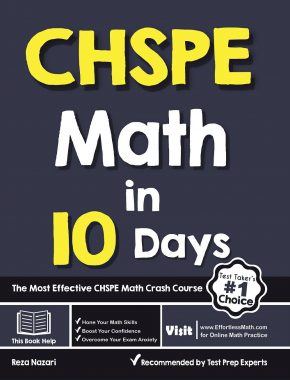
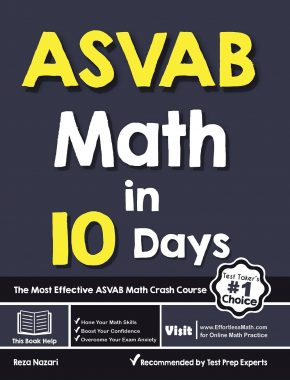
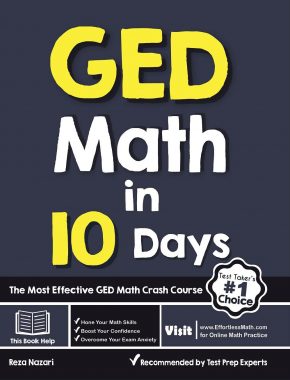
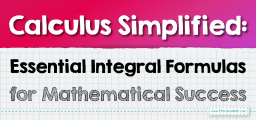

What people say about "Effective Strategies for Learning and Memorizing Math Formulas - Effortless Math: We Help Students Learn to LOVE Mathematics"?
No one replied yet.